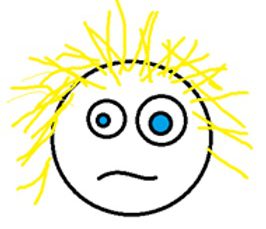 Sometimes the cause of acute altered mental status (AMS) is obvious: the patient is septic from an apparent source, or having a hemorrhagic stroke clearly seen on CT. “Acute encephalopathy,” as we call it for billing purposes, is extremely common, and when things aren’t clear, I like to use the DMISTO mnemonic, to DeMISTOfy the situation.
Sometimes the cause of acute altered mental status (AMS) is obvious: the patient is septic from an apparent source, or having a hemorrhagic stroke clearly seen on CT. “Acute encephalopathy,” as we call it for billing purposes, is extremely common, and when things aren’t clear, I like to use the DMISTO mnemonic, to DeMISTOfy the situation.
It isn’t a perfect mnemonic for a variety of reasons—for example, “metabolic” is very broad, including things ranging from hypercalcemia to hepatic encephalopathy, and delirium will have an underlying cause, ranging from prolonged ICU stay to dementia with sundowning to any of the other AMS etiologies. But the full differential diagnosis for altered mental status is extensive, and this is a good place to start.
D: delirium
M: metabolic
I: infection
S: structural, stroke, seizure
T: toxins, trauma
O: oxygen/breathing related; hypoxemia, or CO2 narcosis
If you are really stuck, you can call neurology. A wise doctor once told me that, when called about altered mental status without an obvious cause, a neurology consult has three diagnostic tests:
- MRI
- EEG
- LP
They will generally recommend doing two of these things and consider the third, depending on clinical course. Obviously there is more to being a neurologist, but you can see for yourself how true this is as you go through your career.
Image credit: Eric Tanenbaum.
